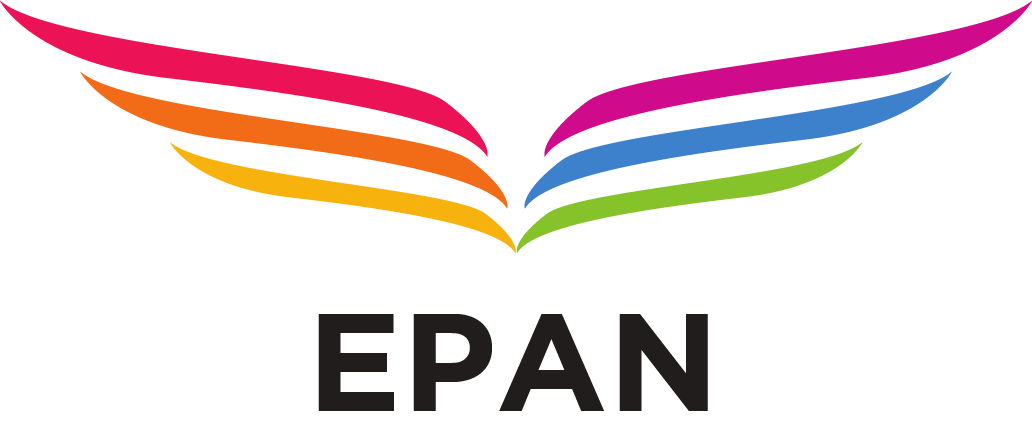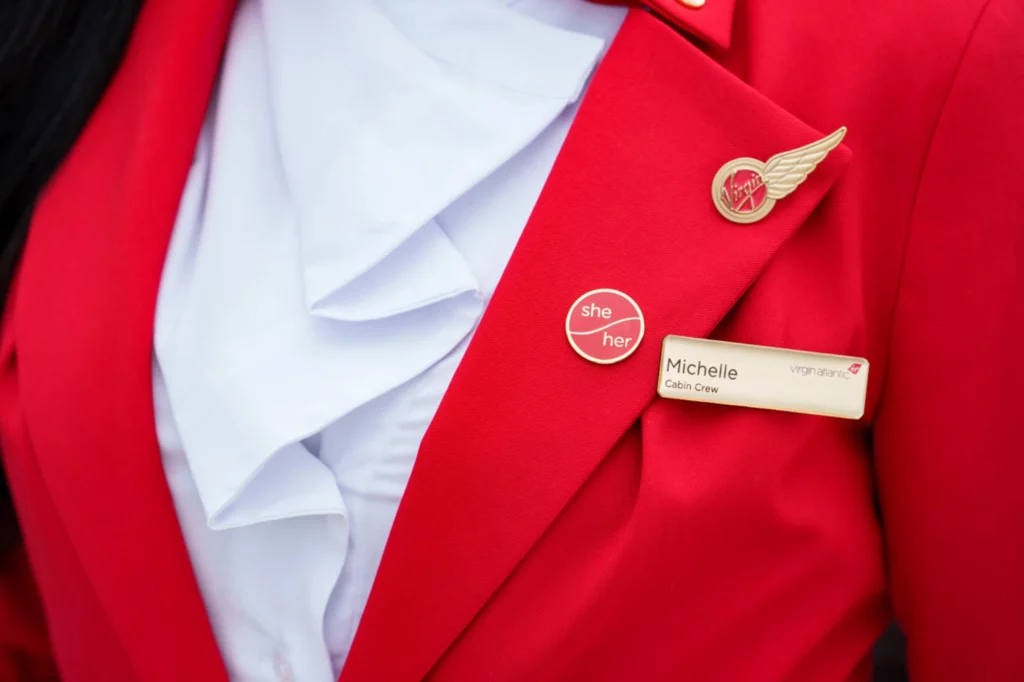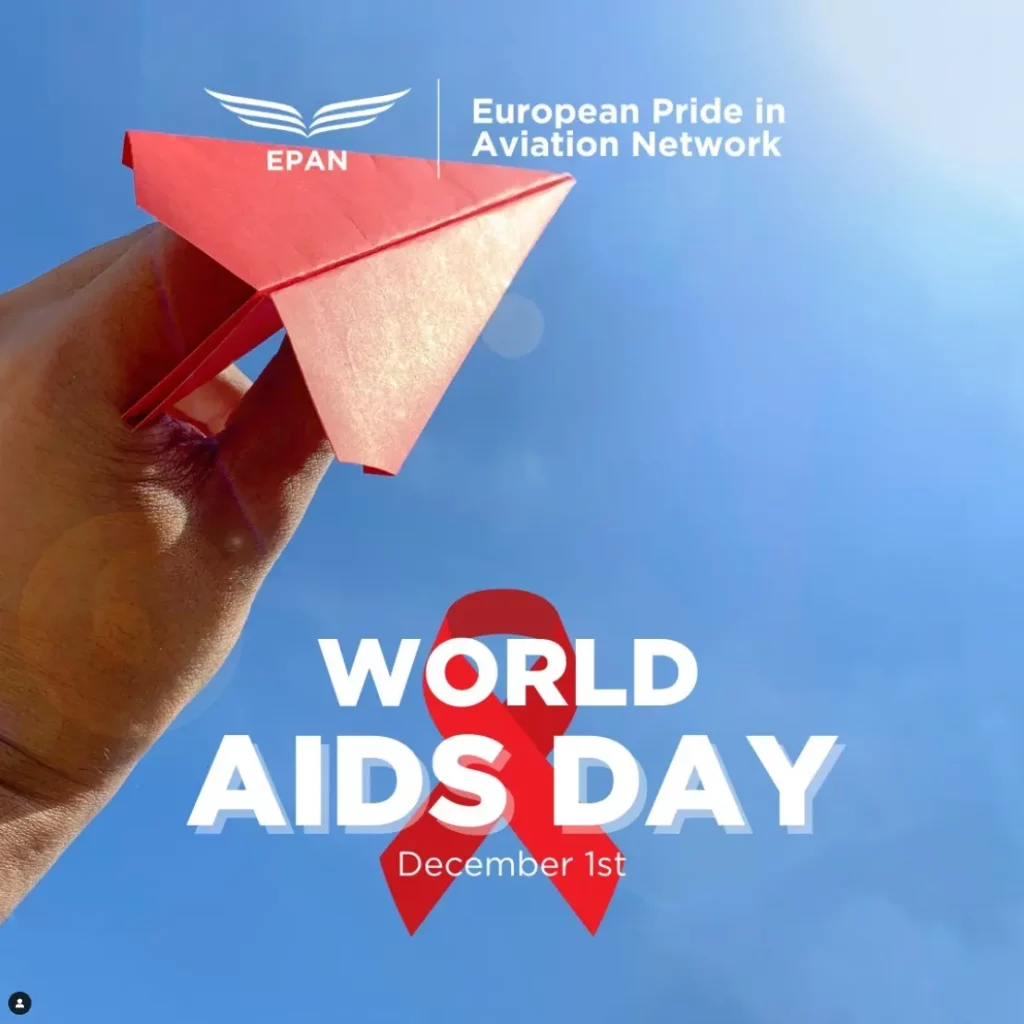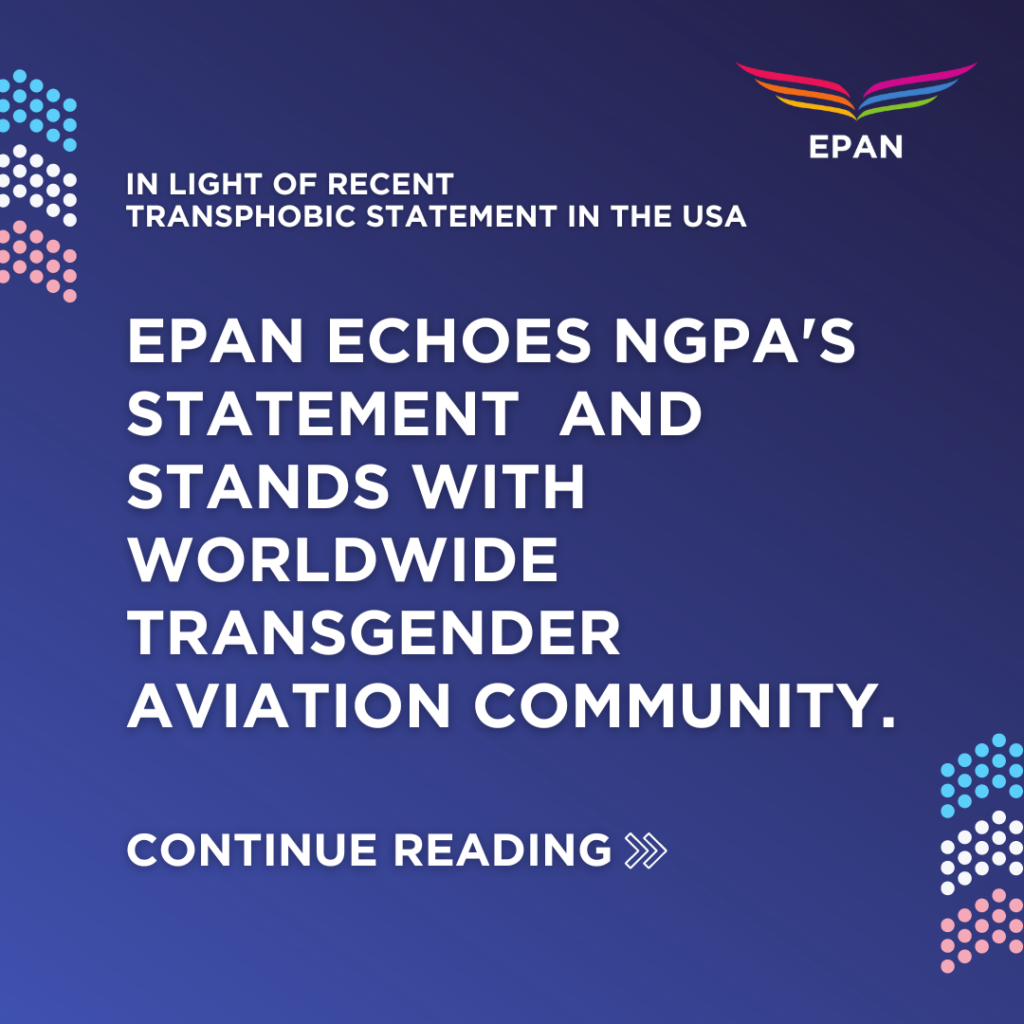Positive Skies: Pilot Calls for HIV Reform

Championing the LGBTQIA+ aviation community, EPAN recently joined the 25th International AIDS Conference in Munich. Our Aeromedical Project is at the forefront of advocating for modern medical advancements, including HIV and transgender healthcare, within the aviation industry. The conference highlighted the transformative power of community-driven organizations in advancing equal rights and access to care, a mission EPAN proudly shares to support all the aviation professionals.
One leading voice in the call for change is Sven, a Senior First Officer on the Boeing 747 with over 11,000 flight hours and a dedicated EPAN member. Sven has become a key advocate for HIV-positive pilots, sharing both his personal journey and his determination to drive policy reform in the industry. In this conversation, Sven shares his personal journey, and the work still needed for broader industry reform.
Sven, thank you for speaking with us. How would you describe your experience living and working as an HIV-positive pilot?
Thank you for having me. Living with HIV itself isn’t the main issue, it’s the stigma that’s the real burden. Professionally, the medical restrictions and frequent check-ups are challenging. These requirements, implemented in 2008, are based on outdated science and excludes many HIV-positive individuals from pursuing a career in commercial aviation.
Could you talk more about these restrictions? How do they impact your career and your day-to-day work?
Certainly. My medical certificate comes with strict conditions. First, there’s a “Time Limitation” (TML), meaning I have to renew it every six months (in some cases, every three) rather than the standard annual renewal. I’m also subject to an “Operational Multi-Pilot Limitation” (OML), which limits me to flying only as or with a co-pilot, and it prevents me from flying with pilots over 60 or alongside another flight crew member with the same restriction.¹ Additionally, the “Sick Limitation” (SIC) obliges me to provide a detailed immunologic report at each renewal and may occasionally require neurological and cardiovascular screenings. These regulations are grounded in outdated medical standards, overlooking the fact that current HIV treatments allow people like me to live stable, healthy lives.
Why do you think EASA hasn’t updated these policies?
It’s likely due to bureaucracy and the slow nature of regulatory change, compounded by the isolating effect of stigma and a lack of organized advocacy. Unlike other medical conditions, there’s no established lobby for commercial pilots living with HIV, which slows the rulemaking process. Many pilots facing these barriers also choose not to speak up, which makes it difficult to create momentum for change.
Could you tell us about the current regulations and why they remain outdated?
The regulation allowing HIV-positive pilots to obtain their medical licenses was first introduced in 2008, based on the available treatments and medical data at the time. Since then, while medical advances have transformed HIV care, these early policies haven’t kept up with current science. In 2019, inspired by British HIV-positive pilot James Bushe, EASA conducted a literature review on the impact of HIV on pilot´s fitness to fly. The findings clearly highlighted the need for dedicated research to better understand the realities of pilots living with HIV (PLWH). Unfortunately, that work stalled during the pandemic, and no further progress has been made since.
So, has there been any recent research to support HIV-positive pilots?
Not yet, but there are promising signs. The Research Agenda of the European Plan for Aviation Safety 2022-2026 includes the goal of researching ‘fitness to fly commercially with HIV.’ Right now, it’s only a proposed project. There was an agreement in 2021 between EASA and the European Commission to fund this research through the Horizon Europe Work Programme, with a follow-up funding commitment in 2022. However, when tenders were put out, unfortunately, no proposals were received, which has kept the project on hold for now. This points to the need for more awareness and mobilization to ensure that the research agenda moves forward.
What steps are being taken now to address these issues?
The German Air Line Pilots’ Association, Vereinigung Cockpit (VC), has picked up the issue and is working internally to find solutions. Once they are fully oriented in this new field, we hope to push EASA to take concrete action. It’s probably a long road, but I’m optimistic. After all, change often starts with raising awareness, and that’s what we’re here to do.
Thank you, Sven, for sharing your insights and for your advocacy. We look forward to seeing EASA make strides in supporting inclusive research.








Responses